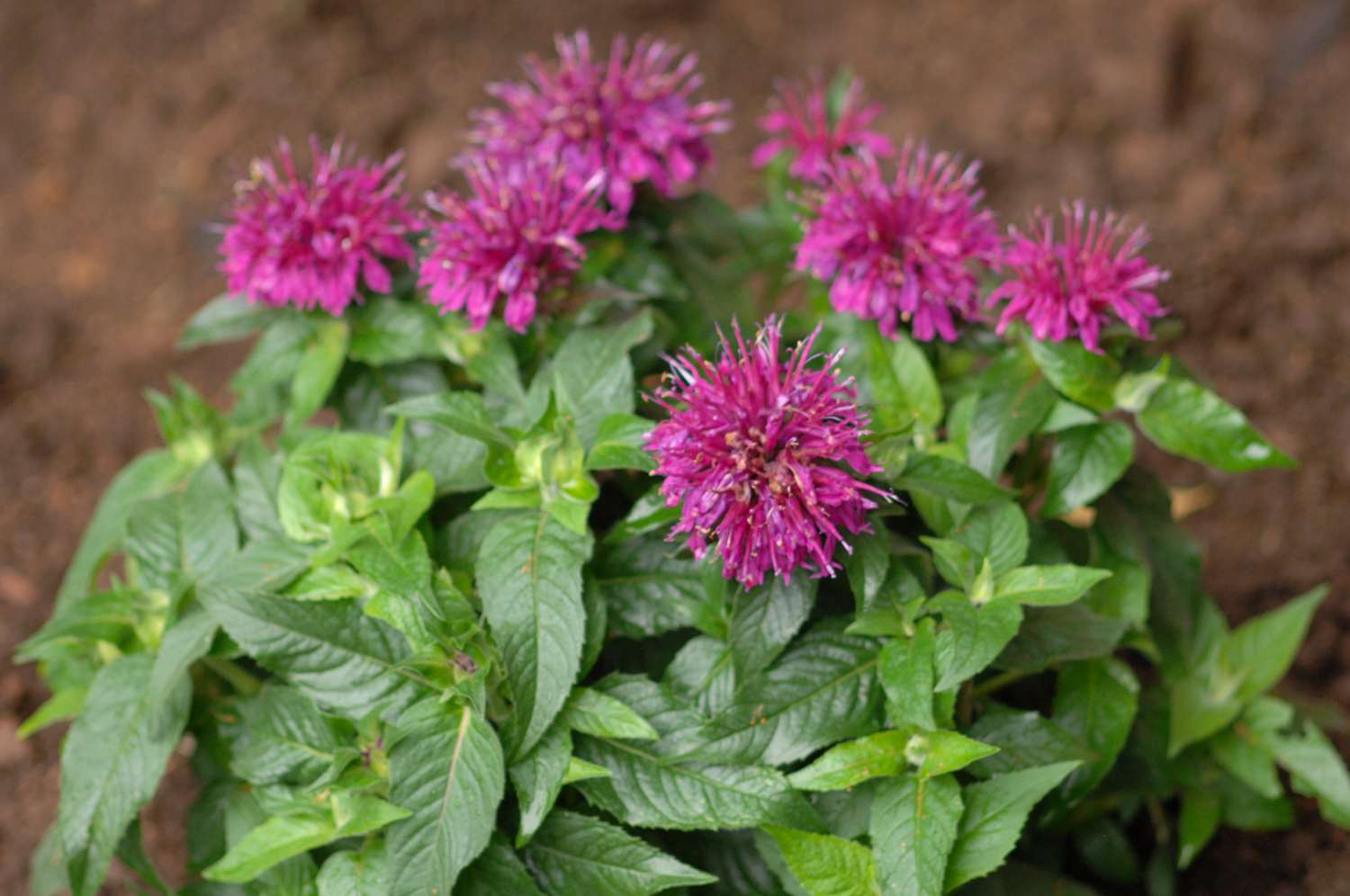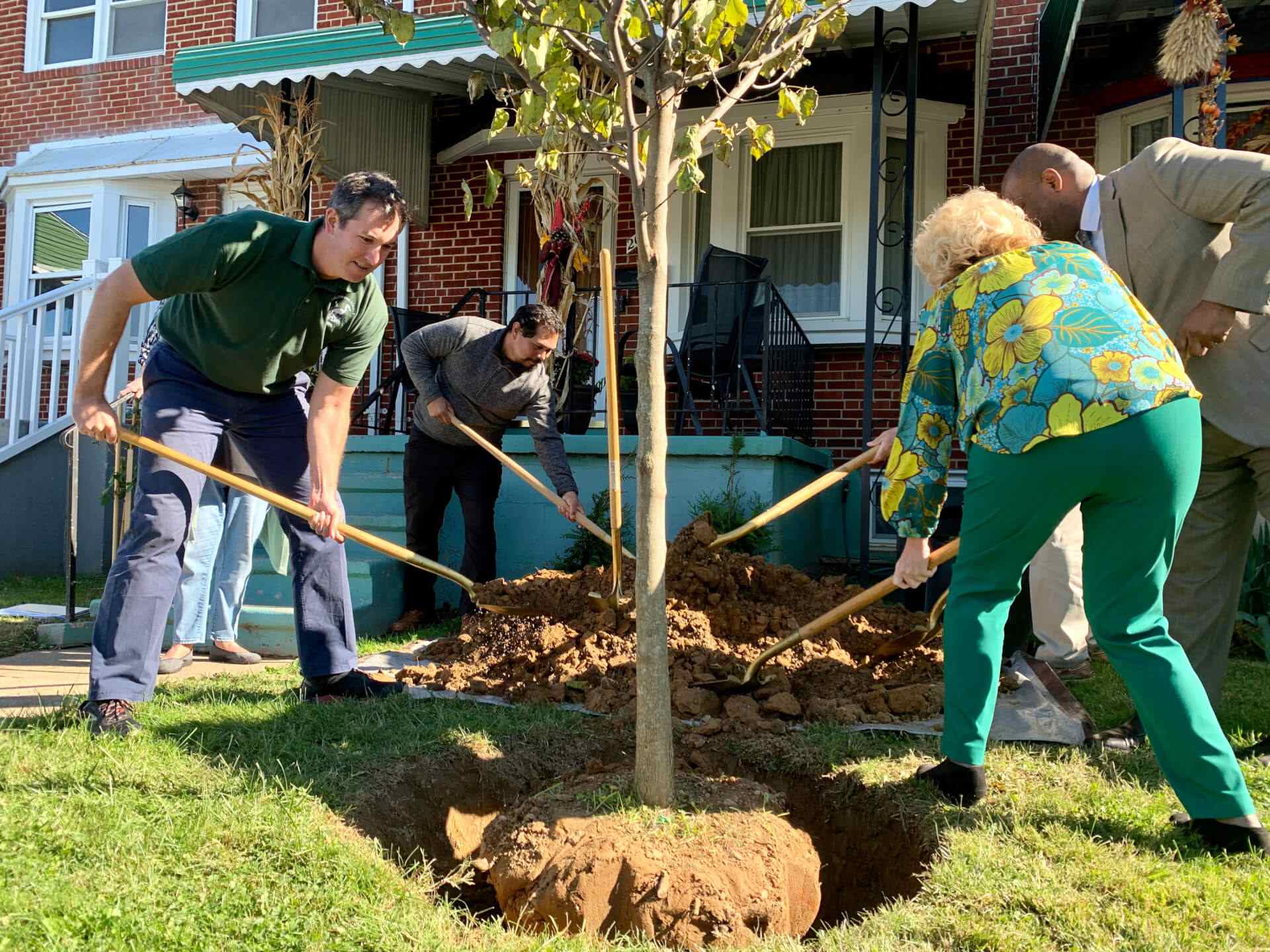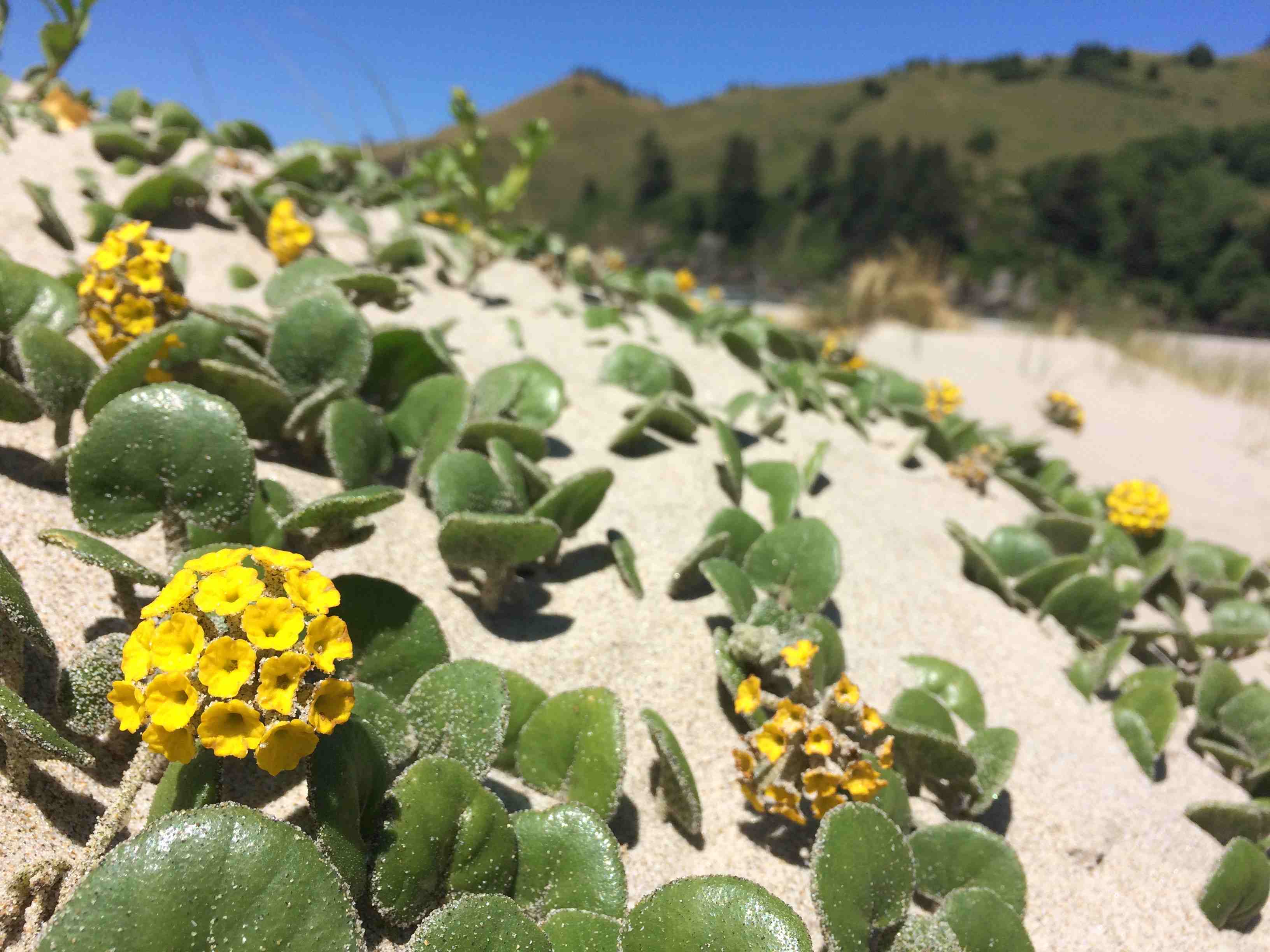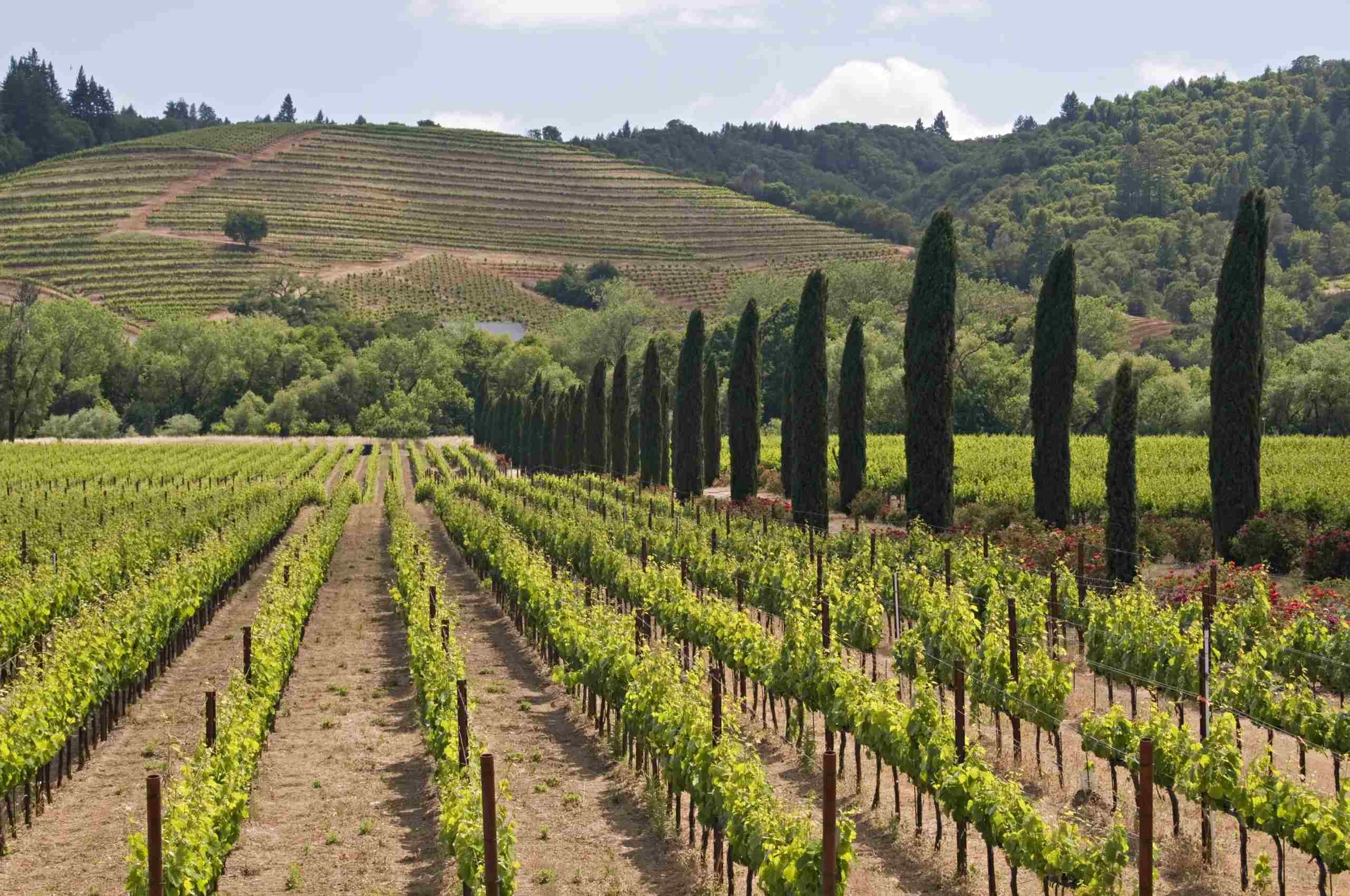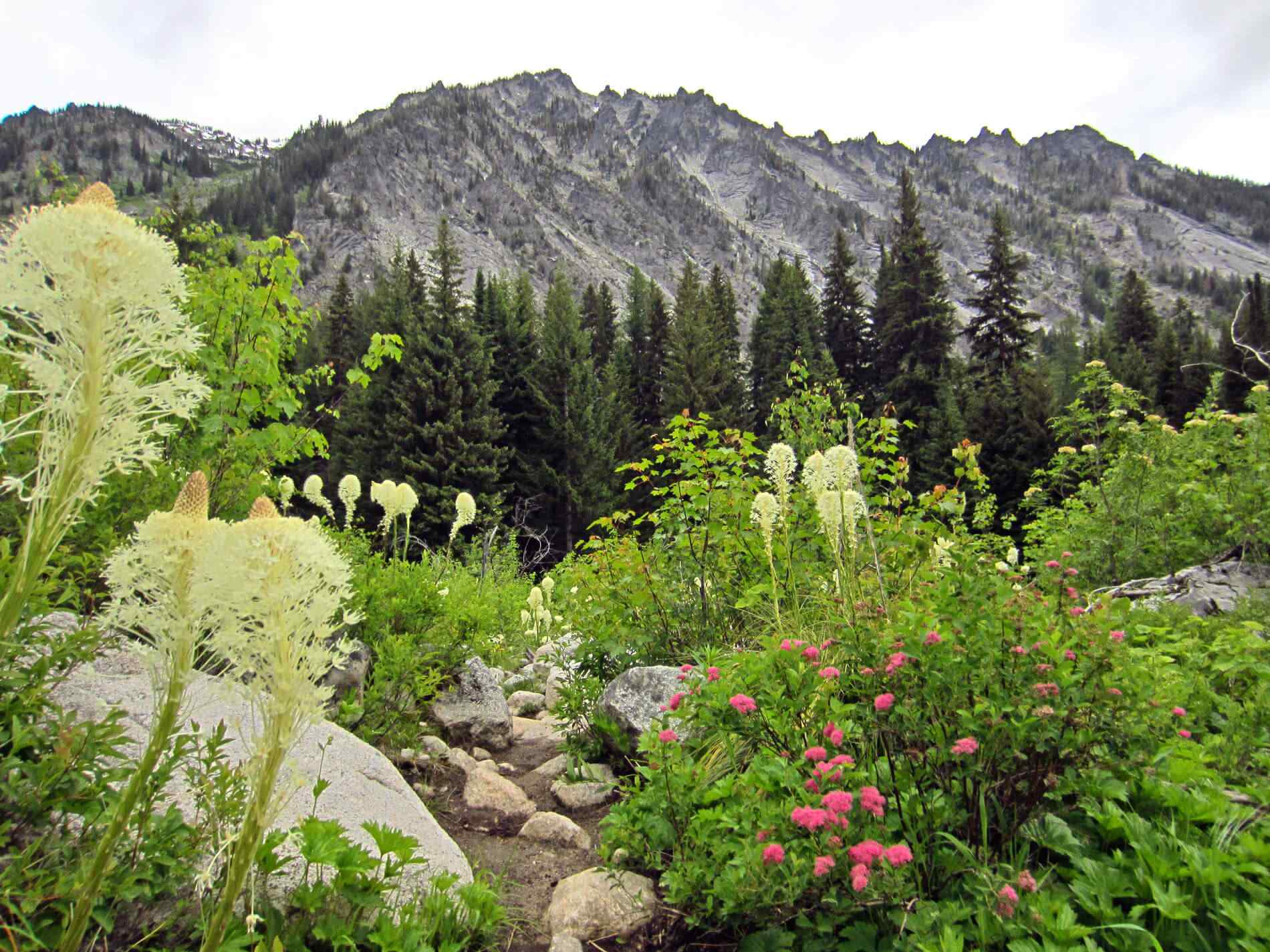Home>Gardening Techniques>Seasonal Gardening>What Colorful Plants Or Shrubs Grow In Zone 9A Native To Florida
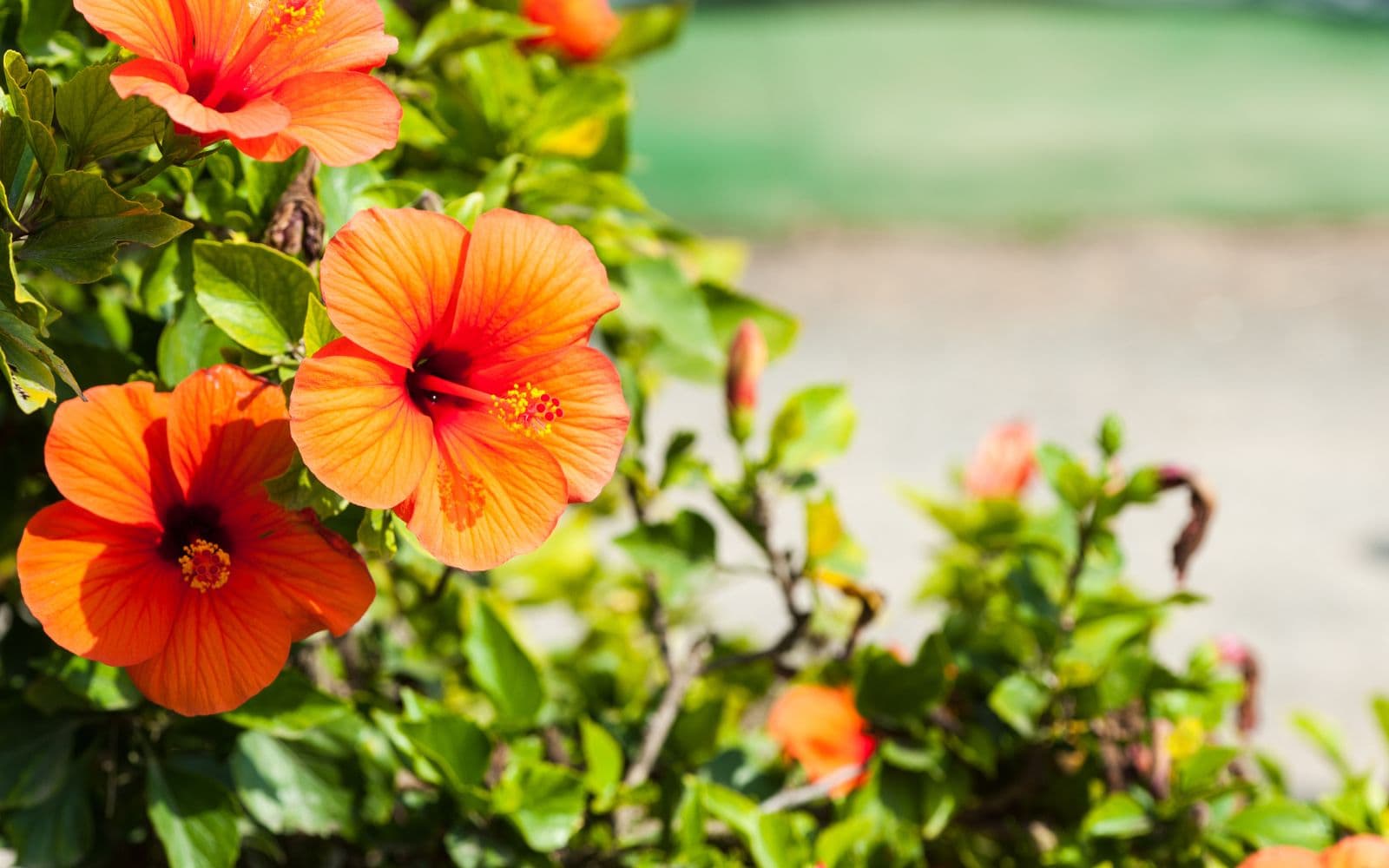

Seasonal Gardening
What Colorful Plants Or Shrubs Grow In Zone 9A Native To Florida
Modified: January 22, 2024
Discover a variety of colorful plants and shrubs native to Florida that thrive in Zone 9A for your seasonal gardening needs.
(Many of the links in this article redirect to a specific reviewed product. Your purchase of these products through affiliate links helps to generate commission for Chicagolandgardening.com, at no extra cost. Learn more)
Table of Contents
Introduction
Welcome to the world of seasonal gardening in Zone 9a, a special climate zone found in lovely Florida! If you”re a gardening enthusiast or someone looking to add a splash of color to their landscape, you”ve come to the right place. This article will guide you through the vibrant world of native plants and shrubs that thrive in Zone 9a, offering a dazzling array of colors and textures to enhance your outdoor space.
Zone 9a in Florida is blessed with a subtropical climate that provides an ideal environment for a wide variety of plants and shrubs. With its warm and humid weather, this region offers homeowners and gardeners the opportunity to create stunning displays of colorful foliage, eye-catching flowers, and lush greenery. Whether you have a small garden, a large backyard, or even a balcony, there are numerous options available to enhance your outdoor space with vibrant colors throughout the year.
Gardening in Zone 9a has its own set of advantages that make it a joy for both experienced gardeners and beginners. The longer growing season and mild winters allow for a wider range of plant choices and longer periods of bloom. You can enjoy a beautiful display of colors and textures year-round, with many plants flowering multiple times or offering evergreen foliage.
Before diving into the world of seasonal gardening and exploring the native plants and shrubs suitable for Zone 9a, it is important to consider a few factors. Understanding the climate, soil conditions, and available space will help you make informed decisions and create a thriving and visually stunning garden.
In the following sections, we will explore the benefits of incorporating colorful plants and shrubs in your garden, discuss the factors to consider before planting, and highlight some popular options that are native to Florida’s Zone 9a. Let’s embark on this exciting journey of seasonal gardening and bring the beauty of nature to your own backyard!
Zone 9a Climate in Florida
Zone 9a in Florida is characterized by its subtropical climate, offering gardeners a unique set of environmental conditions. Situated in the southern part of the state, this zone experiences long, hot summers and mild, short winters. With average minimum temperatures ranging from 20 to 30 degrees Fahrenheit (-6 to -1 degrees Celsius), Zone 9a enjoys a relatively frost-free climate, allowing for a diverse selection of plants and shrubs.
The hot and humid summers in Zone 9a provide optimal growing conditions for many plants, encouraging rapid growth and abundant flowering. The region typically experiences high temperatures ranging from 80 to 95 degrees Fahrenheit (27 to 35 degrees Celsius), creating a favorable environment for heat-loving plants. However, the high humidity levels and intense sunlight may require extra care for certain plants to prevent heat stress and sunburn.
When it comes to winter, Zone 9a in Florida enjoys mild temperatures compared to other regions. While occasional frosts may occur, the average winter temperatures range from 25 to 30 degrees Fahrenheit (-4 to -1 degrees Celsius). This mild winter climate allows gardeners to grow a wide variety of plants that may not be well-suited to colder regions.
Another characteristic of Zone 9a is its ample rainfall throughout the year. The region experiences both wet and dry seasons, with the wet season occurring from June to September. The rainfall averages around 50 to 60 inches (127 to 152 centimeters) annually, ensuring that plants have access to the necessary water for growth and development.
Understanding the climatic conditions of Zone 9a is crucial for selecting the right plants and shrubs that can thrive in this subtropical environment. Native plants that are adapted to the local climate tend to be more resilient and require less maintenance, making them an excellent choice for gardens in this region. Additionally, they provide ecological benefits by attracting local wildlife and supporting the native ecosystem.
Now that we have explored the unique climate of Zone 9a in Florida, let’s move on to discovering the native plants and shrubs that can add a burst of color and beauty to your garden in this region.
Native Plants and Shrubs in Zone 9a
Native plants and shrubs have adapted to the specific conditions of Zone 9a in Florida over thousands of years. They have developed natural defenses against pests, diseases, and climate challenges, making them resilient and well-suited for the local environment. Incorporating native plants and shrubs into your garden not only adds beauty but also supports the delicate balance of the local ecosystem.
One popular native plant in Zone 9a is the Firebush (Hamelia patens), which showcases vibrant red flowers that attract hummingbirds and butterflies. Its blooms appear throughout the warm season, providing a burst of color against the rich green foliage. Firebush is also known for its ability to withstand dry periods, making it a low-maintenance addition to any garden.
The Simpson’s Stopper (Myrcianthes fragrans) is another versatile native shrub that thrives in Zone 9a. It offers fragrant white flowers and glossy dark green leaves, producing bright red berries that are beloved by birds. This evergreen shrub can be used as a hedge, accent plant, or container specimen, adding beauty and privacy to your outdoor space.
For those looking to create a lush and tropical feel, the Coco Plum (Chrysobalanus icaco) is an excellent choice. This native shrub features glossy green leaves and small white flowers that develop into edible purple berries. Its dense growth habit and tolerance to salt spray make it ideal for coastal gardens in Zone 9a.
Another stunning native plant for Zone 9a is the Sunshine Mimosa (Mimosa strigillosa), known for its delicate pink flowers that bloom in abundance and attract bees and butterflies. This groundcover plant forms a dense, low-maintenance carpet of foliage that can withstand foot traffic. It thrives in sunny areas and well-drained soils, making it a favorite for adding a burst of color to borders and rock gardens.
The Beautyberry (Callicarpa americana) is a deciduous shrub native to Florida that showcases clusters of vibrant purple berries in the fall. These bold berries provide both visual interest and a food source for wildlife. With its arching branches and medium-green foliage, the Beautyberry adds charm and attraction to any garden in Zone 9a.
These are just a few examples of the many native plants and shrubs that thrive in Zone 9a in Florida. When selecting plants for your garden, consider the specific requirements of each species, such as sunlight, soil type, and water needs. By incorporating native plants, you can create a sustainable and beautiful garden that harmonizes with the natural environment.
Now that we have explored some native plant options for Zone 9a, let’s dive deeper into the benefits of incorporating colorful plants and shrubs into your garden.
Benefits of Colorful Plants and Shrubs
Colorful plants and shrubs are not only aesthetically pleasing, but they also offer a range of benefits for your garden and outdoor space. Incorporating vibrant hues in your landscaping can transform a drab or monotonous area into a visually stunning and inviting environment. Here are some of the advantages of adding colorful plants and shrubs to your garden in Zone 9a:
Enhanced Visual Appeal: One of the primary benefits of colorful plants and shrubs is their ability to enhance the overall visual appeal of your garden. Bright and vibrant flowers, foliage, and berries create a focal point and add interest to any space. Whether you prefer bold and vibrant colors or soft and pastel shades, colorful plants and shrubs can create a visually captivating and delightful garden experience.
Attract Wildlife: Colorful plants and shrubs have a unique ability to attract a wide range of wildlife, including birds, butterflies, bees, and other beneficial insects. Brightly colored flowers and berries act as beacons, inviting these creatures into your garden. By creating a haven for wildlife, you can contribute to the biodiversity of your area and enjoy the beauty and joy of observing fascinating creatures up close.
Seasonal Interest: Colorful plants and shrubs can provide year-round interest in your garden. By selecting a variety of species that bloom or change color throughout different seasons, you can ensure that there is always something eye-catching happening in your outdoor space. This progression of colors and stages of growth keeps your garden visually appealing and prevents it from becoming monotonous or dull.
Mood Enhancement: Colors have the power to evoke emotions and influence our mood. Incorporating vibrant colors in your garden can create a cheerful and uplifting atmosphere, promoting a sense of well-being and relaxation. Whether it’s the sunny yellows, fiery reds, or serene blues, the spectrum of colors found in plants and shrubs can positively impact your mood and create an inviting outdoor sanctuary.
Environmental Benefits: Colorful plants and shrubs offer environmental benefits as well. They help to purify the air by absorbing carbon dioxide and releasing oxygen, contributing to the overall health of your garden and reducing pollution. Additionally, they provide shade and cooling effects, which can help to reduce energy consumption in your home. Colorful plants and shrubs also stabilize soil, prevent erosion, and support beneficial microorganisms in the soil, creating a healthier and more sustainable garden ecosystem.
By incorporating colorful plants and shrubs into your garden in Zone 9a, you can enjoy a visually stunning and eco-friendly outdoor space that attracts wildlife and positively impacts your overall well-being. Now, let’s explore some factors to consider before planting.
Factors to Consider Before Planting
Before diving into the world of seasonal gardening and selecting colorful plants and shrubs for your Zone 9a garden, it’s important to consider a few key factors. Understanding and addressing these factors will help ensure the success of your garden and make the most of the unique climate in Florida. Here are some key factors to consider before planting:
Climate and Hardiness: The first factor to consider is the climate and hardiness of the plants and shrubs. Zone 9a in Florida has a subtropical climate, characterized by hot, humid summers and mild winters. It’s essential to choose plants and shrubs that are well-suited to this particular climate and can tolerate the heat and occasional frosts. Look for plants with a hardiness rating appropriate for Zone 9a, as this indicates their ability to withstand the temperature fluctuations in the region.
Soil Type and Drainage: The soil type and drainage in your garden are crucial factors in the healthy growth and development of plants. Understanding the soil composition, whether it’s sandy, loamy, or clayey, will help you select plants that thrive in that specific soil type. It’s also important to consider the drainage capacity of the soil, as excessive moisture can lead to root rot and other issues. If your soil has poor drainage, you may need to amend it with organic matter or consider raised bed gardening to ensure optimal growing conditions for your plants.
Sunlight Exposure: Another critical factor to consider is the amount of sunlight your garden receives. Different plants have varying light requirements, with some needing full sun, while others thrive in partial shade. Observe your garden throughout the day to determine which areas receive full sun, partial sun, or shade. This will guide your plant selection and placement, ensuring that each plant receives the appropriate amount of sunlight for healthy growth and vibrant blooms.
Water Needs: Understanding the water needs of the plants and shrubs you choose is essential for maintaining their health and thriving in your garden. Some plants require consistent moisture and regular watering, while others are more drought-tolerant. Consider the natural rainfall patterns in your area and supplement it with irrigation as needed. Grouping plants with similar water needs together can help you create efficient watering zones and conserve water in your garden.
Space and Garden Design: Finally, consider the available space and garden design when selecting plants and shrubs. Determine the size and shape of the area you want to plant and think about how the plants will fit into the overall design. Consider factors such as height, spread, and growth habit to ensure that the plants can thrive without overcrowding or overpowering the space. Plan for a variety of heights, textures, and colors to create visual interest and balance in your garden design.
By considering these factors before planting, you can make informed decisions and create a thriving and visually stunning garden in Zone 9a. Now, let’s explore some popular colorful plants and shrubs that are native to Florida’s Zone 9a.
Popular Colorful Plants and Shrubs Native to Florida’s Zone 9a
Zone 9a in Florida is home to a wealth of colorful plants and shrubs that can bring vibrancy and beauty to your garden. Native to this region, these plants are well-adapted to the subtropical climate and can withstand the heat and occasional frosts. Here are a few popular options to consider:
1. Bird of Paradise (Strelitzia reginae): With its striking orange and blue flowers resembling a tropical bird, the Bird of Paradise is a favorite for adding a touch of exotic beauty. This plant thrives in full sun and well-drained soil, making it perfect for Zone 9a gardens.
2. Bougainvillea (Bougainvillea spp.): Bougainvillea is known for its dazzling display of vibrant colors, including shades of pink, purple, orange, and red. This hardy vine can be trained to climb fences or trellises, creating a stunning backdrop in your garden.
3. Firecracker Plant (Russelia equisetiformis): The Firecracker Plant offers cascading clusters of bright red tubular flowers that can attract hummingbirds to your garden. This drought-tolerant plant thrives in full sun and well-drained soil, adding a splash of color to any landscape.
4. Cassia (Senna spp.): Cassia, also known as Senna, boasts vibrant yellow flowers that bloom in abundance during the warm months. This easy-to-grow shrub or small tree is a showstopper and can add a sunny pop of color to your garden.
5. Gaillardia (Gaillardia pulchella): Gaillardia, also called Blanket Flower, features daisy-like flowers with a beautiful combination of red, orange, and yellow petals. This versatile perennial is low-maintenance and attracts pollinators, making it a delightful addition to any Zone 9a garden.
6. Hibiscus (Hibiscus spp.): Hibiscus is a classic tropical plant that produces large, showy flowers in a variety of colors, including red, pink, orange, yellow, and white. With its lush foliage and stunning blooms, Hibiscus adds a touch of the exotic to any garden.
7. Lantana (Lantana camara): Lantana is a drought-tolerant plant that offers clusters of small, brightly colored flowers in shades of red, orange, pink, and yellow. This hardy plant attracts butterflies and thrives in full sun, making it a popular choice for Zone 9a gardens.
8. Pentas (Pentas lanceolata): Pentas exhibits clusters of star-shaped flowers in shades of red, pink, and white, attracting butterflies and hummingbirds. This heat-tolerant plant blooms all summer long and is a great choice for adding bursts of color to borders or containers.
These are just a few examples of the colorful plants and shrubs native to Florida’s Zone 9a. When incorporating them into your garden, remember to consider their specific growing requirements and ensure they have adequate sunlight, water, and soil conditions to thrive. By selecting native plants, you can create a stunning and sustainable garden that showcases the beauty of Zone 9a’s natural flora.
Conclusion
Creating a vibrant and colorful garden in Zone 9a, native to Florida, is an exciting and rewarding endeavor. The subtropical climate of this region provides the perfect conditions for a wide variety of plants and shrubs to thrive, offering a magnificent display of colors, textures, and fragrances throughout the year.
By incorporating native plants and shrubs into your garden, you not only enhance the visual appeal but also support the local ecosystem. Native plants have adapted to the specific conditions of Zone 9a over time, making them resilient and well-suited to the environment. They attract wildlife, provide food and shelter, and contribute to the overall biodiversity of the area.
Before embarking on your gardening journey, consider the unique factors specific to Zone 9a. Understand the climate and hardiness of the plants, as well as the soil type, sunlight exposure, water needs, and available space in your garden. By taking these factors into account, you can make informed decisions and create a thriving and visually stunning landscape.
Some popular colorful plants and shrubs native to Florida’s Zone 9a include the Bird of Paradise, Bougainvillea, Firecracker Plant, Cassia, Gaillardia, Hibiscus, Lantana, and Pentas. Their vibrant blooms and foliage add a burst of color and create a captivating garden ambiance.
Remember, gardening is a journey of discovery and learning. Experiment with different plant combinations, textures, and heights to create visual interest and harmony in your garden. Regular maintenance, such as watering, pruning, and fertilizing, will help your garden thrive and continue to delight your senses year after year.
So, embrace the opportunity to transform your outdoor space into a haven of color and beauty. Enjoy the process of seasonal gardening in Zone 9a, and let your imagination soar as you create a vibrant and enchanting landscape inspired by the native flora of Florida.

